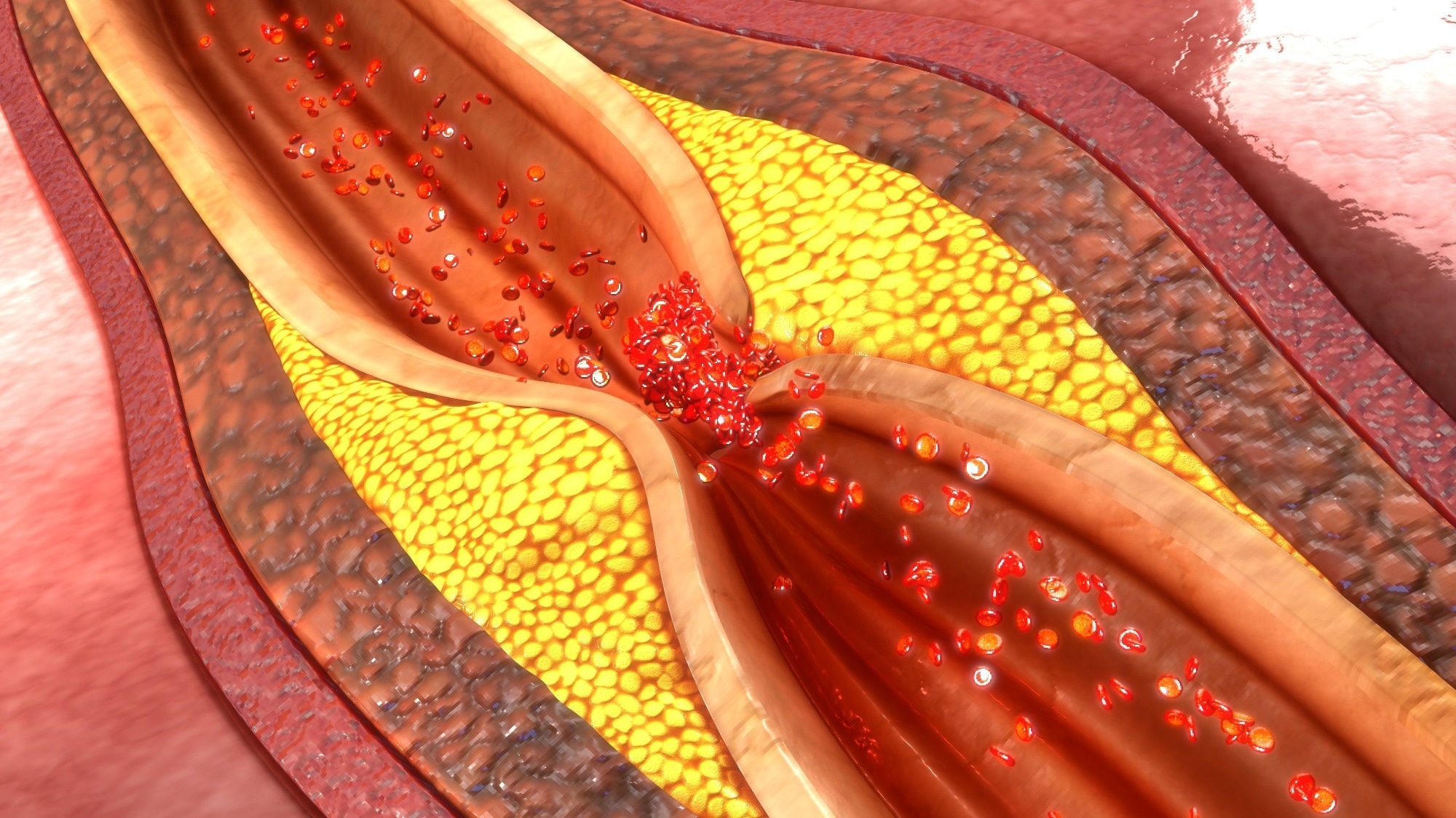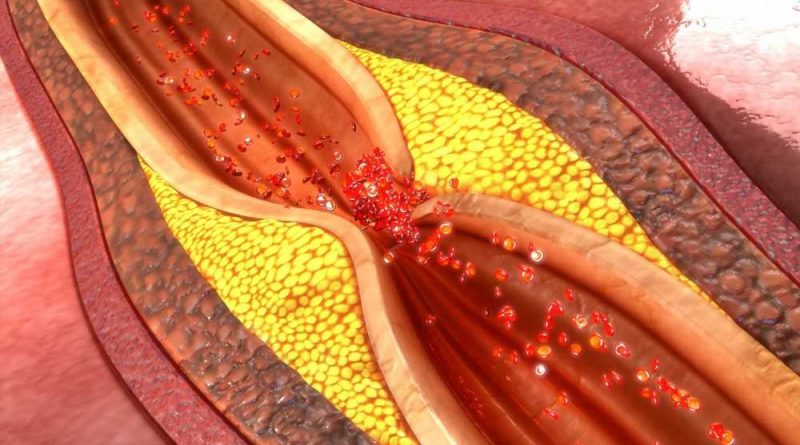melatonin reviews for anxiety
Exercise and physical activity reduce the risk of cardiovascular disease (CVD). It has been observed that an active individual is at a 30% to 40% lower risk of CVD. However, previous cross-sectional studies have failed to determine whether exercise has a significant impact on expediting coronary atherosclerosis and plaque morphology. A recent Circulation journal paper has focused on investigating the relationship between exercise volume and intensity and the progression of coronary atherosclerosis in middle-aged and older male athletes.
 Study: Exercise Volume Versus Intensity and the Progression of Coronary Atherosclerosis in Middle-Aged and Older Athletes: Findings From the MARC-2 Study. Image Credit: sciencepics / Shutterstock
Study: Exercise Volume Versus Intensity and the Progression of Coronary Atherosclerosis in Middle-Aged and Older Athletes: Findings From the MARC-2 Study. Image Credit: sciencepics / Shutterstock
Background
Coronary artery calcification (CAC) is a biomarker for coronary atherosclerotic plaque burden and future risk of CVD events. This biomarker can be measured using the computed tomography (CT) imaging technique. In addition, long term side effects lamictal a more detailed study of coronary plaque morphology can be carried out using Coronary CT angiography (CCTA).
Typically, athletes have CAC scores ≥100 Agatston units, linked to lifelong exercise volume and intensity of exercise training. In active athletes, atherosclerotic plaque morphology has been found to be more calcified or partially calcified. Recent studies have indicated that amateur athletes have higher coronary atherosclerosis compared to less active healthy controls.
About the Study
The current study used CAC scoring and CCTA to evaluate the relationship between exercise training characteristics and coronary atherosclerosis in middle-aged and older male athletes. This study hypothesized that greater volume and intensity of exercise are associated with a higher incidence of coronary atherosclerosis.
The present study is known as the MARC-2 (Measuring Athletes’ Risk of Cardiovascular Events 2), a follow-up of the MARC-1 (Measuring Athletes’ Risk of Cardiovascular Events 1) study.
The MARC-2 study recruited asymptomatic middle-aged and older men above 45 years of age and did not show any abnormalities in their sport’s medical evaluation between May 2019 and February 2020. Individuals who underwent a percutaneous coronary intervention during follow-up were excluded.
Relevant information about the exercise characteristics of the participants was obtained via a validated questionnaire. This questionnaire focussed on collecting information about the type of sport, frequency, duration for each sport (in years), duration of an exercise session, and level of performance, i.e., recreational vs. competitive, of the study cohort.
A metabolic equivalent of task (MET) for all reported sports was assigned based on the Compendium of Physical Activities. The current study used exercise volume, expressed in MET hours/week, during the study period.
Study Findings
The current study included a total of 291 men. Based on the eligibility criteria, 287 men were finally included in the MARC-2 CAC analyses and 284 in the plaque analyses. It was observed that the average follow-up between CT scans was 6.3 years. Additionally, blood pressure levels and the use of antihypertensives and statins had substantially increased in the follow-up period. However, the cholesterol level of the participants remained the same throughout the follow-up period. Six participants had quit smoking.
Exercise intensity, but not volume, was correlated with the progression of coronary atherosclerosis. The impact of vigorous exercise was found to be less effective in CAC progression; however, very vigorous exercise was associated with a more significant progression of CAC and plaque (calcified). This finding is in line with cross-sectional MARC-1 observation that revealed specific exercise intensities rapidly enhance the development of calcified plaque.
Exercise with a very high level of intensity has been associated with the formation of calcified plaque, which suggests that certain mechanisms may be involved in facilitating coronary atherosclerosis in athletes. For instance, higher-intensity exercise produces higher catecholamine levels, which can increase an individual's heart rate and blood pressure. According to previous studies, increased heart rate expedites atherosclerosis, possibly due to the increased frequency of turbulent blood flow.
No correlation was found between exercise volume and the progression of coronary atherosclerosis during the follow-up. The finding of this study is in line with a previous study which revealed that 74% of recreational athletes had no significant difference in exercise volume between individuals with or without progression of CAC after 4.1 years of follow-up. It is possible that exercise volume is associated with coronary atherosclerosis initiation but not with its progression. More research is required to determine the differences in atherosclerosis based on exercise intensity, i.e., within the separate groups (running and cycling).
Conclusions
The longitudinal study design, and the assessment of CAC scoring and CCTA in a sizeable athletic population, are key strengths of this study. Atherosclerosis prevalence and severity were found to increase with lifelong exercise volume in athletes.
Higher intensity running encourages greater atherosclerotic plaque calcification – but is that good or bad? Exercise Volume Versus Intensity and the Progression of Coronary Atherosclerosis in Middle-Aged and Older Athletes: Findings From the MARC-2 Study https://t.co/wnxkZ3PuVt
— Matthew Lancaster (@LancasterM) January 5, 2023
- Aengevaeren, L. V. et al. (2023) Exercise Volume Versus Intensity and the Progression of Coronary Atherosclerosis in Middle-Aged and Older Athletes: Findings From the MARC-2 Study. Circulation. DOI: 10.1161/CIRCULATIONAHA.122.061173, https://www.ahajournals.org/doi/10.1161/CIRCULATIONAHA.122.061173
Posted in: Men's Health News | Medical Research News | Medical Condition News
Tags: Angiography, Atherosclerosis, Biomarker, Blood, Blood Pressure, Calcification, Cardiovascular Disease, Cholesterol, Computed Tomography, CT, Cycling, Exercise, Frequency, Heart, Heart Rate, Imaging, Morphology, Physical Activity, Research, Running, Smoking, Tomography

Written by
Dr. Priyom Bose
Priyom holds a Ph.D. in Plant Biology and Biotechnology from the University of Madras, India. She is an active researcher and an experienced science writer. Priyom has also co-authored several original research articles that have been published in reputed peer-reviewed journals. She is also an avid reader and an amateur photographer.
Source: Read Full Article
